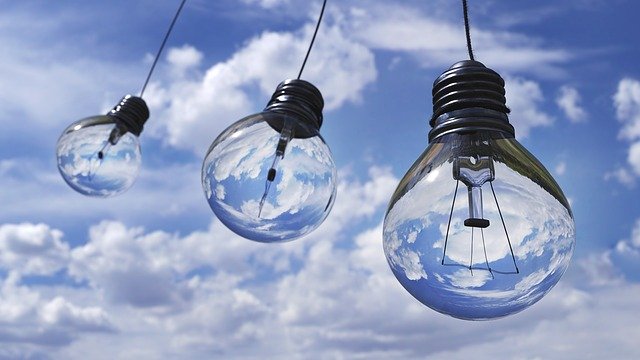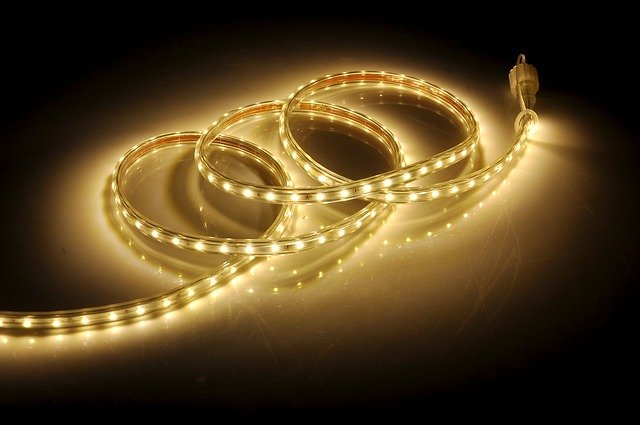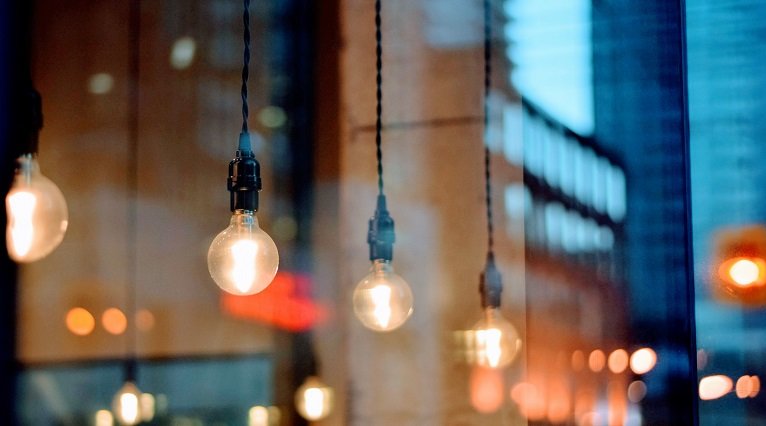Last modified on July 23rd, 2021 at 12:33 am
Halogen Lights Vs. LED
Electricity is arguably the most beneficial discovery by humans. It is difficult to imagine how the world would look without power.
Since it’s discovery, there has been a significant shift in appliances as they have evolved for good. For example, the setup started from a simple Edison light bulb and now developed to HPS and LED lights.
In this detailed post, we would be talking in detail about the Halogen and LED lights, the pros, and cons of each.
Halogen:

A halogen lamp aka tungsten halogen, the quartz-iodine lamp is a type of an incandescent light. It consists of a tungsten filament that is sealed into a compact envelope and then filled with a mixture of an inert gas including a small amount of iodine/bromine.
The mixture formed due to the same results in a chemical reaction which helps in re-depositing the evaporated tungsten on the filament further improving the life of the lamp and maintaining the envelope.
The mixture helps the halogen lamp in operating at higher temperatures as compared to a standard gas-filled bulb of similar power and running life. It also produces light of higher luminous and color temperature.
Halogens are widely used as emergency lights, warming and brooding the eggs, etc.
Halogen features:
- Lumens per watt: 10-35
- Life: 2000-3600 hrs
- Color Temperature: 2700-3500 K
Halogen Pros:
- Halogen lights are super bright and commonly used as floodlights.
- It is compact in size and lightweight.
- The cost of manufacturing is low.
- They have a longer life of 3600hrs which is almost thrice that of incandescent lamps.
- It has a better color temperature as compared to standard tungsten.
Halogen Cons:
- Halogen lamps are extremely hot. Lamps have the capability to cause severe burns when touched.
- They emit IR and UV rays which could be damaging to certain fabrics.
- They are sensitive towards skin oils which can even lead them to burst when coming in contact.
- Halogens are not as efficient as LED lights.
- They are not as compact as LEDs.
Light Emitting Diode (LED):

LED or light-emitting diode is a two-lead semiconductor model that consists of a p-n junction diode that emits lights on being activated. The principle behind the model is electroluminescence, i.e., when a subsequent amount of current is passed, the electrons combine with the electron holes releasing the energy in the form of photons.
The LEDs are widely used in automobile headlamps, decorations, grow lights, camping lanterns, and housing lights.
LED features:
- Lumens per watt: 18-22 lumens/watt
- Life: 25000-100,000 hrs
- Color Temperature: 2700-4000 K
LED Pros:
- LED lights are very efficient. They consume less electricity as compared to conventional light bulbs and halogen lights. They are as much as 80% efficient than any other traditional lighting method.
- Low heat output. The LEDs emit less heat as compared to the halogen lamps.
- Emit less IR and UV rays.
- They warm up faster once switched off.
- Led lights are more rugged and compact.
- They can emit different colors by modulating the energy band gap.
- Have a good lifespan of 25,000-1,00,000 hours
LED Cons:
- They have a higher cost of manufacturing.
- They cost more than conventional lamps, light bulbs, halogen lamps.
- Light output and color quality can degrade over a period of time.
- May fail in high-temperature conditions.
- They may flicker at higher frequencies.
As you have looked into the details of both the lights, it is evident that LEDs are more efficient and durable as compared to halogen lights. Not only that, currently, but more people are also shifting towards using them as they save a significant amount on the electricity bill, do not warm-up, and even release a very less amount of heat.
On the other hand, halogen lights are most suitable for use in high temperatures and where you have to cover a more significant area with small equipment. They can be used in playgrounds and large farming fields where LED lights wouldn’t be able to light the area sufficiently.
Overall, it is preferred to use a halogen only when you need to cover a larger area or field under the light most often in an open environment.
Now it’s your turn!
Let us know what type of light is more useful for you in the comments section below.
I have been a nature enthusiast since I was a small girl. My background is in online marketing and website development. It only makes sense to merge my love for nature with my skills in online marketing to help spread awareness, and appreciation for Our Beautiful Planet.






